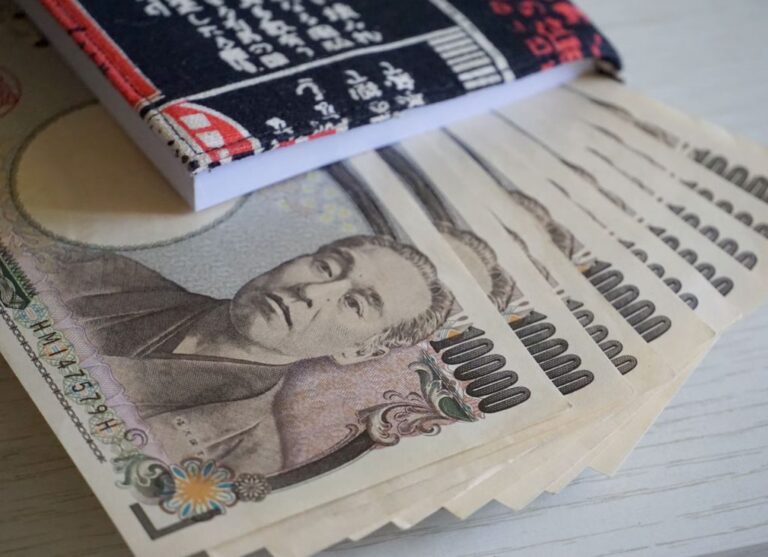
Morning Brief – ZAR FWD
The Rand had gained in excess of 25% versus the US Dollar since the peak of the asset sell off during the early stages of the pandemic. Sure, you could argue that the notable part about that statistic is the extent of the sell-off during the fire sale of risk assets in March/April last year. But you’d be wrong… During the course of the pandemic South Africa lost its only remaining claim to investment grade debt status and seemingly endless lockdowns took their toll on lives, state finances and commerce. So with the Rand now trading at a stronger rate on many of its crosses than it did before the pandemic, what is going on and can it last?
The global flood of liquidity has killed yields globally. Despite murmurings of inflation and a growth-led recovery in the US, don’t expect a positive real yield anytime soon. The same goes for all G-10 FX and most majors: it costs a lot in real and in some cases nominal terms to hold them. All of this boosts the appeal of emerging market currencies that do still offer some return in the form of interest. The liquidity tidal wave also prompts the blinkered approach in markets where seemingly free money finances more and more daring bets. So there’s credibility in a ZAR recovery but does it justify moves in excess of 25%?
South Africa has recently admitted that its public finances are at breaking point as a result of the pandemic. The ongoing cost of the health crisis coupled with the shackles it has put on growth rates are testing the economy’s resolve. Without one key factor the move in ZAR would be totally unstable and be overdue a correction: forwards. The market for FX ZAR forwards is out of kilter and has been so since the start of the pandemic. The exodus of market participants from across the ZAR forward curve left a vacuum for a premium to build up on future dated ZAR contracts.
In fact, the implied yield within the Rand specifically in FX terms is 1.5% greater than an equivalent tranche of debt on the Jo’burg market. The opportunity for arbitrage therefore is meaning that it is the Rand that is appreciating and reflecting the mismatch in ZAR forwards. The surplus yield in FX for the Rand is not expected to disappear anytime soon meaning that the Rand will continue to stay bid despite the macroeconomic and fundamental pressures for it to deteriorate. With that being said, valuations close to 14 versus the US Dollar are pushing the equilibrium despite the appeal of the forward market. A consolidation towards 15 is therefore likely, however, the Rand should still remain relatively strong.
Discussion and Analysis by Charles Porter

Click Here to Subscribe to the SGM-FX Newsletter
Related Insights

Morning Brief – Japanese Yen
Japanese Yen With JPY at a new 34 year low versus EUR, the market is set for an ambush by the Bank of Japan if it acts today at the end of their Policy Meeting to support the Yen. The reason that the market is susceptible is because it has convinced itself that the BoJ […]

Morning Brief – Coalition
Coalition This briefing is about South Africa and the Rand, which frequently proves to be one of the more divisive subjects within our roster of currencies. In particular, with the election looming, this will be about South African governance. Not from a political or human perspective about what may be the best long term outcome […]

Morning Brief – US Tariffs on Chinese Imports
US Tariffs on Chinese Imports Recently we wrote about how Mexico has become the Number One trade partner for the USA. It now transpires that Mexico may have had what is known as a little assist with their numbers: the statistics for the number of 20 foot shipping containers for the first three Quarters of […]



 Humphrey Percy
Humphrey Percy Charles Porter
Charles Porter